As far as the smartphone industry is concerned, 2023 has been an interesting year so far, in that we’ve seen more brands and manufacturers incorporate more features into their wallet-friendly device portfolios. Ten years ago, the words “mid-range Android” might not have been the most exciting ones to hear when shopping around for a new handset, but things have changed since then, and they’ve changed for the better.
And it’s phones like the Google Pixel 7a which serve as a great example of this change, showing us how much Pixel you can get for not much coin. Granted, the A-series product range now has an entry priced well above the $300-$400 price range that was typically associated with the line, but along with this increase comes a significant bump in specs, one that has us asking if we even need a flagship phone at this point.
But does the Pixel 7a have everything you need from a “flagship” Google phone? Let’s find out.
Display and Design
in keeping with Google’s tradition with its A-series phones, the Pixel 7a adopts the look of last year’s flagship Pixel 7 series, with the metallic bar and single-color design on the rear panel. Unlike the Pixel 7 however, the 7a uses glossy plastic instead of glass for its back plate, so a case is recommended to avoid scratches. It is lightweight however, and does come with an IP67 rating to protect against dust and water.
![]()
One of the biggest changes that the 7a brings is its updated display, and while it remains at a 6.1-inch width with a 1080×2400 pixel resolution, the phone now comes with a much smoother-looking 90hz refresh rate, a definite upgrade from the 60hz panel that we got with the 6a. It does retain Gorilla Glass 3 though, so a screen protector is a must as well.
One caveat is the outdoor visibility, and the Pixel 7a does tend to look dim when under direct sunlight, even at maximum brightness. This is one weakness of the A-series phones, and the 7a could have benefitted from a much brighter OLED display.
![]()
The screen also houses the in-display fingerprint scanner, which is pretty much on par with the performance of the biometric sensor found on the Pixel 7 and Pixel 6 series, meaning to say that it’s still not fast. It does work a decent amount, but don’t expect an ultra-sonic level of performance here. The 7a does come with face unlock though, which unlocks my phone a lot faster than the alternative.
There’s a pair of loudspeakers situated on the top and bottom of the display for media consumption and calls. They’re decently loud when set to the maximum volume output, but there’s an audible lack of bass unlike on other phones like the iPhone 14, for example.
Performance, Software and Battery
![]()
Beating inside the Pixel 7a is Google’s Tensor G2 chip, the company’s very own custom chipset. Developed in collaboration with Samsung, the G2 made its debut with the arrival of the Pixel 7 series phones, and it’s only logical that Google would equip the 7a with the same chipset. The phone also comes with 8GB of RAM and 128GB of internal storage, the former of which counts as another big upgrade.
Is it a gaming powerhouse? It’s honestly not – while the G2 provides a slight bump in terms of overall performance compared to the very first Tensor chip, Google has designed the SoC to work smarter, not harder. In lieu of prolonged gaming and power-hungry user sessions, the G2 is instead focused on giving Pixel users an overall smarter experience, working in tandem with Android and Google’s AI-infused software services and apps.
Smart voice assistant, voice-to-text typing, and even live translation features are made much more seamless thanks to the Tensor G2. It definitely puts the “smart” in “smartphone,” at least in this case. The phone ships with Android 13 onboard, with a guarantee of three Android OS updates, and five years of security updates.
![]()
We do have some reservations about the Tensor G2, though – as we mentioned a while back, the Pixel 7 and 7 Pro are prone to heating partly in due to the somewhat limited thermal management capabilities of the chipset. While Google has acknowledged and addressed the issue via a software update, I still experience some significant heating on my Pixel 7a, especially when using a data connection.
Powering the phone is a moderately-sized 4,385 mAh battery. I’m still waiting to see if Adaptive Battery or subsequent updates can improve my experience, as the phone hasn’t been exceptional in the battery department during my time using it. For reference, I’ve so far managed to log in 3.5-4 hours of screen on-time on a daily basis, a slightly far cry from the 5-6 hours I was able to get with older devices like the Pixel 7. Everyone’s usage will vary of course, but I can only speak from my experience so far.
Charging speed isn’t impressive either – the phone comes with an advertised 18W charging speed, and this is where it falls short in comparison to the Pixel 7. Charging from 0 to 100 percent took bust a bit over 2 hours, another consideration to be kept in mind about this handset. It does come with wireless charging now, but this works better for overnight charging given its even slower speed.
Camera Performance
Camera performance is where the Pixel 7a truly shines, however. On the back of the phone is a dual-lens array with a 64MP f/1.9, 26mm main shooter, accompanied by a 13MP f/2.2, 120 ultrawide lens. Selfies and video calls are handled by a front-facing 13MP f/2.2, 20mm ultrawide camera.
Unless you valiantly nitpick about the finer details in the photos that the phone can get you, the Pixel 7a will be able to take generally good shots, thanks to the computational photography that Google has banked on with its Pixel series. Of course, the addition of a larger 64MP sensor means that you can shoot photos with better detail, especially when compared to the older 12MP sensor found in past Pixel models.
You do get the usual suite of google camera software features including the Unblur feature, Magic eraser, Real tone and Night Sight to name a few. Speaking of that last entry, the Pixel 7a does manage to get some decent low-light photos, although not on par with the likes of the Pixel 7 and 7 Pro, which feature larger sensors.
Video maxes out at 4K resolution at 60fps, and it’s another area where the 64MP sensor comes into play. As always, video stabilization is solid, and shooting video with the 7a has yielded better results, especially when compared to the 6a. Low-light videography is a bit of challenge however, and it’s something that Google still needs to work on.
Price, Final Thoughts
Given that the Pixel 7a is essentially 95% of what the Pixel 7 is, it’s not hard to see why Google has upped the price to $500, and it’s expected that many will question the higher pricing, given the trademark affordability of the Pixel A-series phones.
Considering the upgrades that we’ve mentioned though, the 7a will be a nice option for folks looking to upgrade from an older Pixel device, without breaking the bank for a fully-fledged Google flagship. If you really find it expensive, you can always get the much more affordable Pixel 6a, although you lose out on the newer hardware and software features.
Note: this article may contain affiliate links that help support our authors and keep the Phandroid servers running.






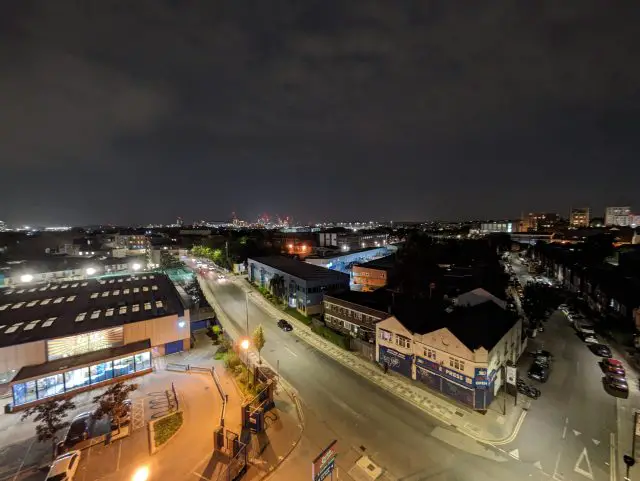

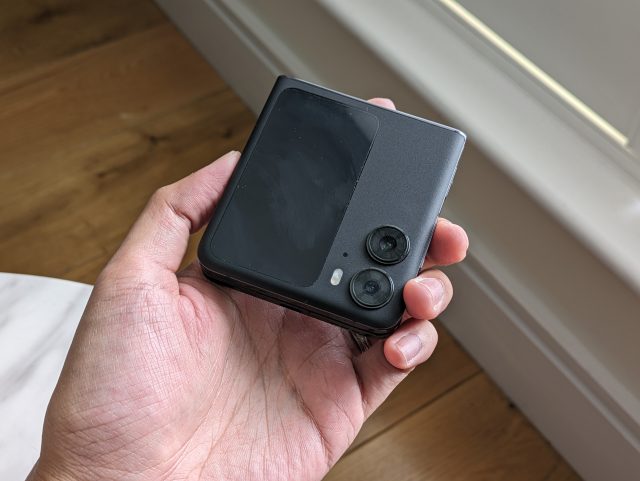
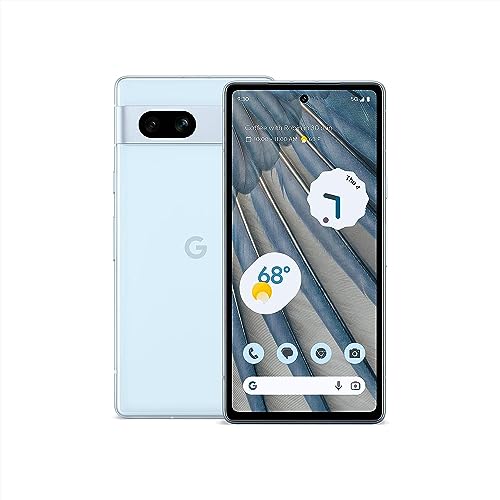
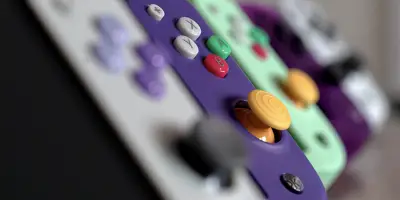
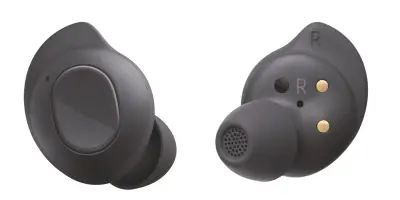
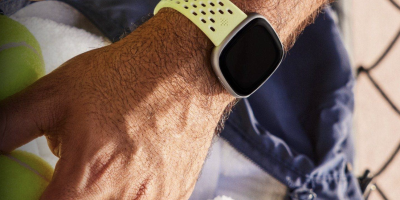






Comments